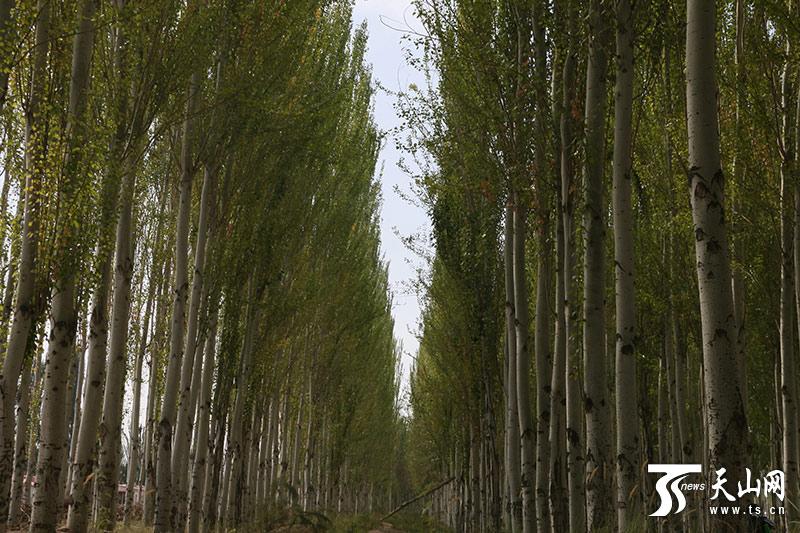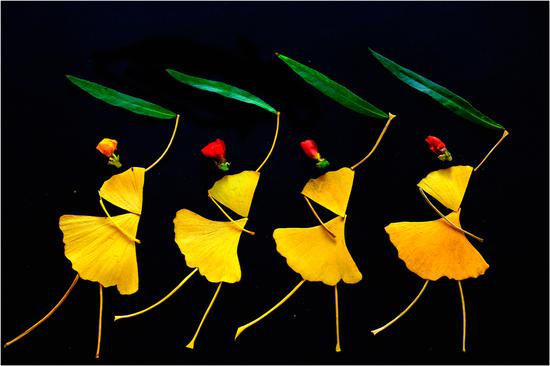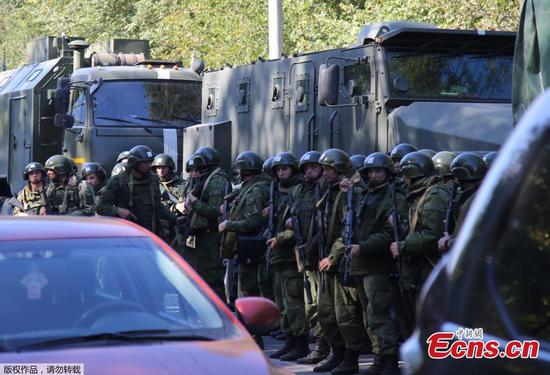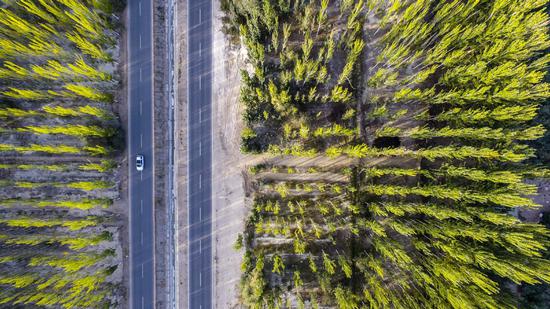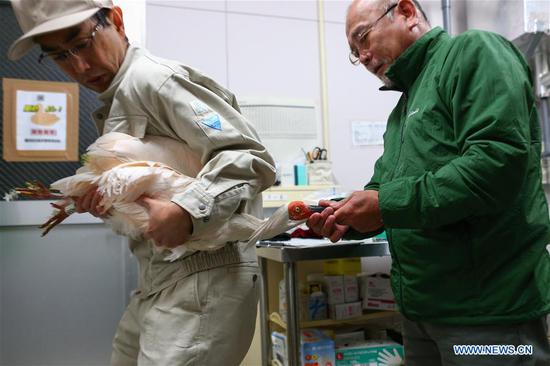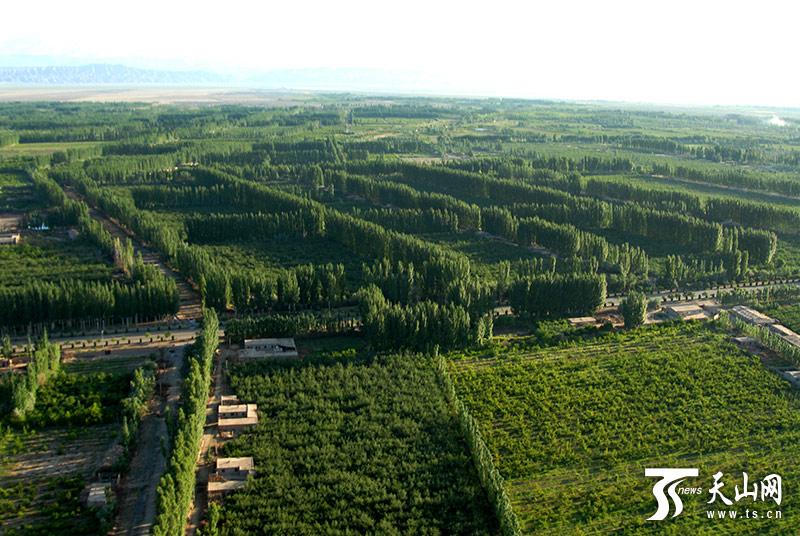
An aerial photo shows the Kekeya green project in Aksu, Northwest China's Xinjiang Uyghur autonomous region. (Photo/ts.cn)
On the northwestern side of the Taklimakan Desert, the world's second-largest shifting sand desert, stands a man-made forest spreading across about 66,667 hectares.
This forest is the Kekeya green project, also a boundary dividing desert and green space in Aksu, Northwest China's Xinjiang Uyghur autonomous region.
Aksu launched the Kekeya green project in 1986 to change the harsh natural conditions. For over 32 years, four million people, including soldiers, students, teachers, civil servants and residents, kept on planting trees, creating a "green Great Wall" 25 kilometers long and four kilometers wide.
The green project has been set as a model of ecological restoration in China.
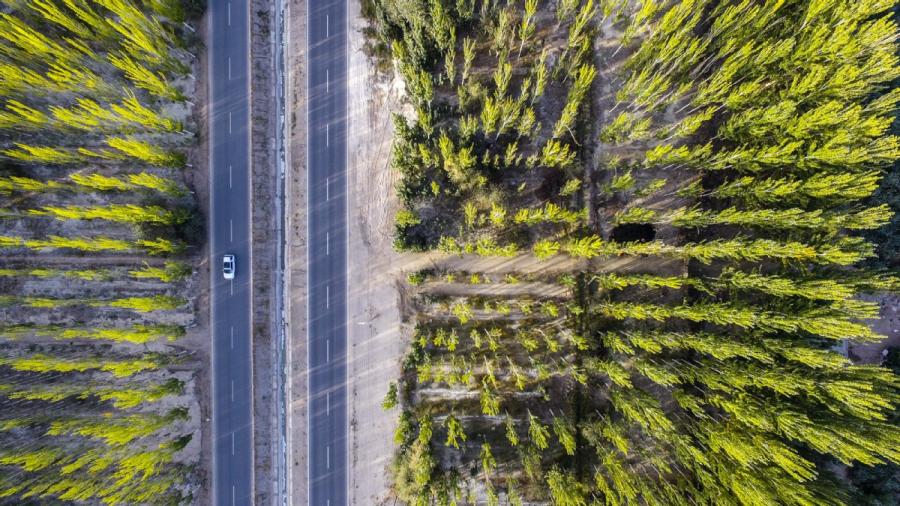
A car drives through the core region of the Kekeya green project in Aksu, Northwest China's Xinjiang Uyghur autonomous region, Sept. 20, 2018. (Photo/Xinhua)
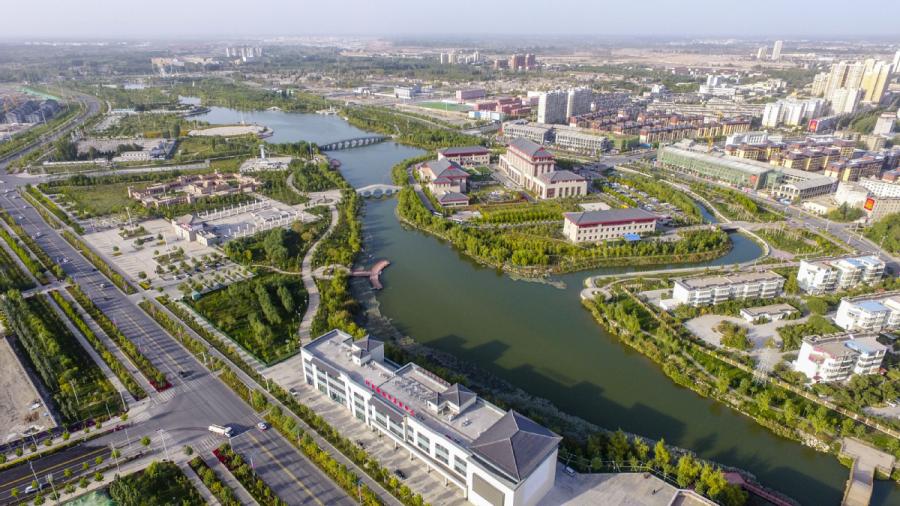
An aerial photo shows the second phase of the Duolang River improvement project in Aksu, Northwest China's Xinjiang Uyghur autonomous region, Sept 21, 2018. (Photo/Xinhua)
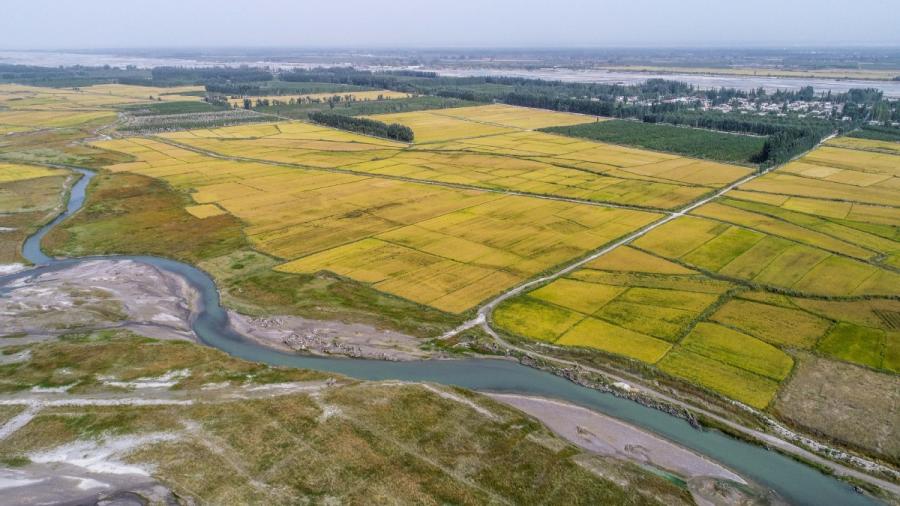
Deep green ecological shelter forest adjoins golden rice fields in Aksu, Northwest China's Xinjiang Uyghur autonomous region, Sept. 23, 2018. (Photo/Xinhua)
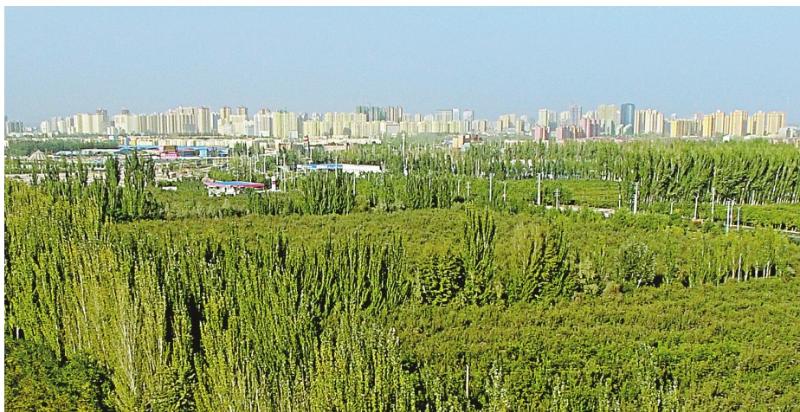
The Kekeya green project stretches towards tall buildings in Aksu, Northwest China's Xinjiang Uyghur autonomous region, Sept. 26, 2018. (Photo/Xinjiang Daily)
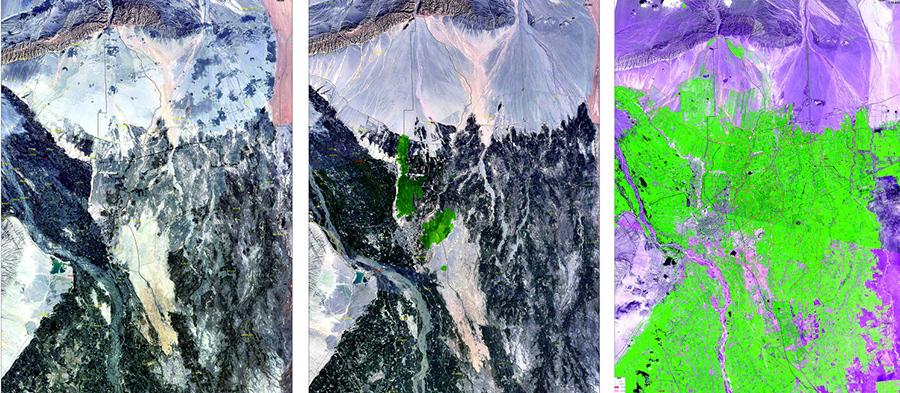
Satellite remote sensing images show Kekeya (from left to right) in 1987, 1995 and 2017. (Photo/Xinjiang Daily)








